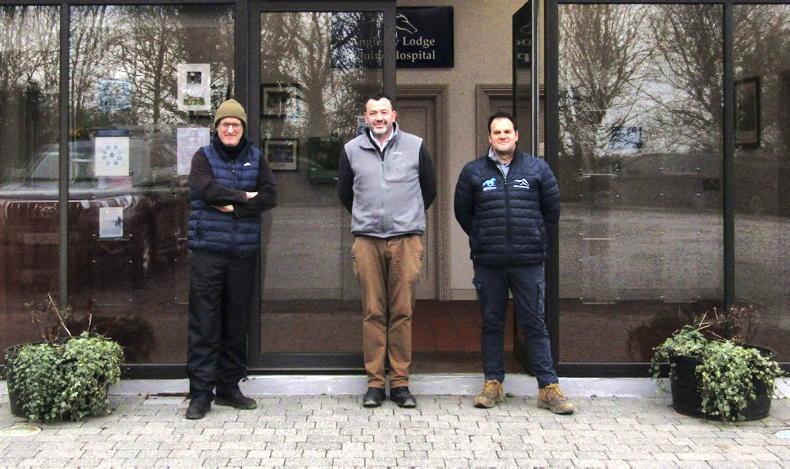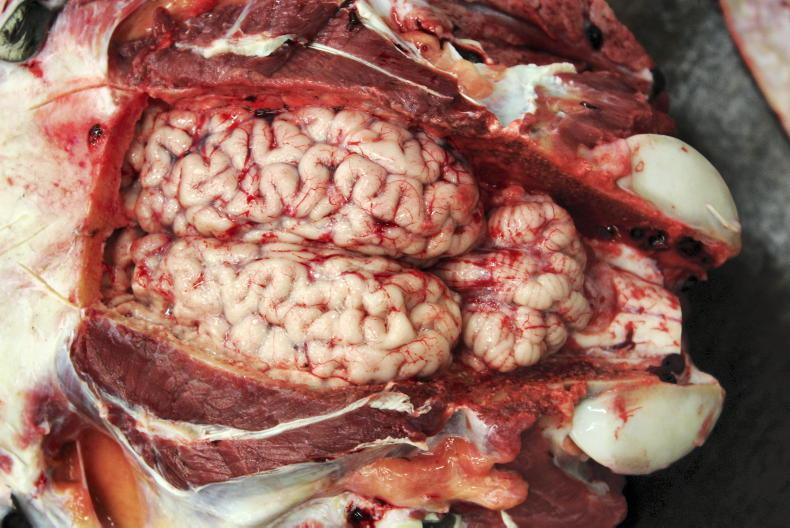THIS time of year there are a myriad of seminars/lectures on social/print media advising of the health requirements and best practices for preparing your breeding stock for the 2024 season.
Efforts for optimising winter land management, worming, vaccinations and increasing daily light exposure are all very commendable. But there is a cost associated to each and the overall investment can be expensive. Roll on three years and if your yearling fails the Veterinary Panel Wind Test then all this expense of getting your mare in foal will be for nought.
Upper respiratory tract
I first came across a case of Recurrent Laryngeal Neuropathy (colloquially known as ‘Laryngeal Paralysis’) when working in New York in 1985. I had previously read of Professor W.R. Cook (formerly of the Animal Health Trust in Newmarket and then Professor of Surgery at the newly formed Veterinary School in Grafton, Massachusetts) assertion that up to “95% of thoroughbreds have issues with their upper respiratory tract”. Being in his neighbourhood, I made an appointment to visit with him. The four hour drive proved very informative!
Professor Cook greeted me with: “You have come on a good day!” - he was examining two standardbreds with a video endoscope, a three-year-old and a yearling, both full-brothers. Cook had already examined the stallion, dam and the first three siblings in this family. All had Recurrent Laryngeal Neuropathy as did the three-year-old and the yearling upon his subsequent examination that day.
Hereditary genetic disease
I had never seen a videoscope before this moment and I was impressed that the information gleaned then could be reviewed at leisure and an informed decision made and recorded as to patency and functioning of the larynx. Cook considered Recurrent Laryngeal Neuropathy to be primarily a hereditary genetic disease. Cook’s research published in 1988, “Diagnosis and grading of hereditary recurrent laryngeal neuropathy in the horse” supported the principle of symmorphosis, that structural design was a rate-limiting factor for oxygen flow at all levels of the respiratory system in mammals and could be used as a basis for aiding the selection of breeding stock. To this day, the Thoroughbred Stud Book is a closed one and as such genetic issues can be unwittingly ‘recycled’.
While breeding is a partnership between the stallion owner and the mare owner, stallion owners are themselves often unaware or are unlikely to put this information out in the public domain. Modern advances in laryngoscopes and their commonplace presence in the veterinarian ‘tool box’ means that the other part of the partnership, the mare, can be reviewed with ease. Yet another expense for the breeder as they head into the 2024 season? Some might say that it is a small price to pay to avoid ‘surprises’ down the road in three years’ time!
Contact Dr McCormick on 083-4725858
Email: theequinevet@hotmail.com


 This is a subscriber-only article
This is a subscriber-only article
 It looks like you're browsing in private mode
It looks like you're browsing in private mode









SHARING OPTIONS: